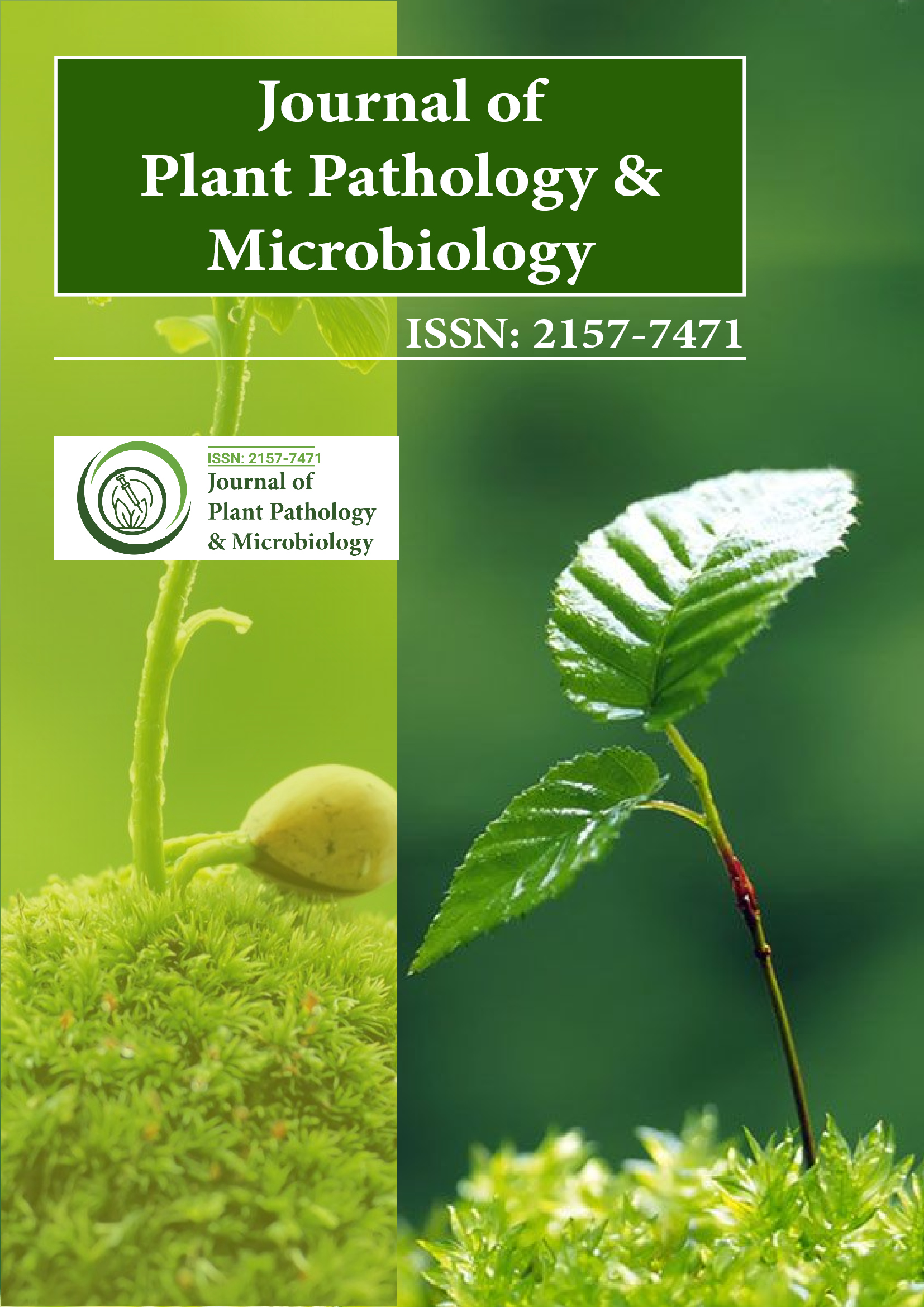インデックス付き
- Jゲートを開く
- Genamics JournalSeek
- アカデミックキー
- ジャーナル目次
- サイテファクター
- ウルリッヒの定期刊行物ディレクトリ
- Global Online Research in Agriculture (AGORA) へのアクセス
- 電子ジャーナルライブラリ
- 国際農業生物科学センター (CABI)
- レフシーク
- 研究ジャーナル索引作成ディレクトリ (DRJI)
- ハムダード大学
- エブスコ アリゾナ州
- OCLC-WorldCat
- 学者の舵取り
- SWBオンラインカタログ
- 仮想生物学図書館 (vifabio)
- パブロン
- ジュネーブ医学教育研究財団
- ユーロパブ
- Google スカラー
このページをシェアする
ジャーナルチラシ

概要
有機リン系殺虫剤の真菌による分解と土壌微生物群集への影響
アブド・エル・ガニー TM とイブラヒム・アーメド・マスマリ
有機リン系殺虫剤マラチオン、プロフェノホス、ダイアジノンが土壌微生物群集に与える影響を評価した。これらの有機リン系殺虫剤の、異なる濃度、培養期間、温度での、単離された真菌株トリコデルマ・ハルジアナムとメタリジウム・アニソプリエによる分解特性を調査した。プロフェノホス、ダイアジノン、マラチオンを散布してから10日目の真菌群集は、対照群と比較して、それぞれ56.37、51.07、26.65%減少した。プロフェノホス、ダイアジノン、マラチオンの真菌による分解は、培養期間が長くなるにつれて増加したが、同時に殺虫剤の初期濃度が増加するにつれて減少した。 M. anisopliae を使用すると、10、20、40 mg のジアジノンで、20 日以内に初期ジアジノンのほぼ 85.60、77.20、68.15 % が分解されましたが、プロフェノホスは 10、20、40 mg で 20 日後に 54.70、62.45、63.68 % が分解されました。初期マラチオン 20 mg では、初期濃度の 90 % 以上が M. anisopliae によって分解されました。 10日間培養した後、20、25、30、35、40°Cでのダイアジノンの分解率はそれぞれ17.85、35.38、43.45、33.85、7.80%と測定され、プロフェノホスの分解率はそれぞれ13.60、30.35、35.43、30.10、7.56%と測定されました。M. anisopliaeを用いたマラチオン分解率についても同様の結果が得られ、それぞれ20、25、30、35、40°Cで44.78、50.65、60.58、57.73、10.28%でした。 M. anisopliae を使用した場合、35 °C でのダイアジノン、プロフェノホス、マラチオンの分解率は、20 °C での分解率よりもそれぞれ 1.90、2.21、1.29 倍速かった。一方、T. harizianum を使用した場合、35 °C でのダイアジノン、プロフェノホス、マラチオンの分解率は、20 °C での分解率よりもそれぞれ 2.07、1.72、1.83 倍速かった。今回の結果から、これらの菌株は、有機リン系殺虫剤残留物から環境を保護するのに潜在的に効果的であると推奨できる。